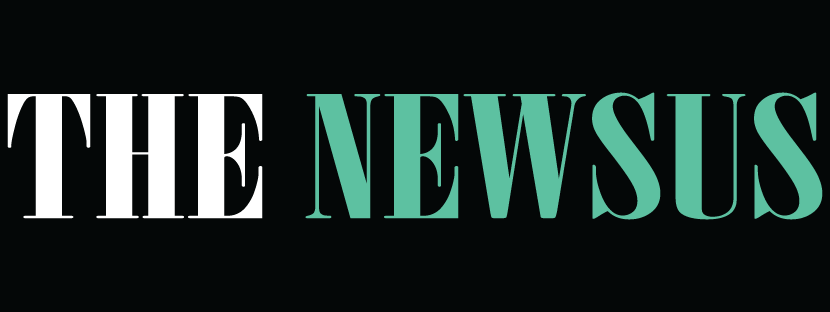The Eye of Horus: The Science Behind Sacred Colors and Cosmic Order
The Eye of Horus stands as a profound symbol where ancient Egyptian cosmology converges with sacred geometry, color symbolism, and...
The Eye of Horus stands as a profound symbol where ancient Egyptian cosmology converges with sacred geometry, color symbolism, and spiritual narrative. More than an emblem, it encodes a complex language of divine protection, healing, and cosmic balance—rooted deeply in the rhythms of the night and the soul’s journey through the Duat, the Egyptian underworld.
Origins in Egyptian Mythology: Divine Protection and Cosmic Balance
The Eye of Horus originates in early Egyptian mythology as a powerful representation of divine guardianship. Horus, god of kings and sky, lost his right eye in a mythic battle with Set, symbolizing sacrifice, healing, and restoration. This injury transformed the eye into a sacred object embodying both fragility and imperishable power. Far more than a visual motif, it functioned as a symbolic code—mediating between mortal suffering and cosmic order.
“The Eye was not simply a motif; it was a living principle, a microcosm of eternal renewal woven into the fabric of existence.”
The Eye’s segmented form—each part reflecting a distinct aspect of protection—mirrors the soul’s perilous descent and rebirth through twelve nocturnal hours of the Duat, where it mapped stages of judgment, transformation, and rebirth.
Sacred Colors and the Language of the Cosmos
In Egyptian sacred art, color was not decorative but a sacred language conveying metaphysical truths. The Eye of Horus, often rendered in vivid hues—gold for divinity, blue for the heavens, black for regeneration—encoded cosmic cycles and divine authority. Each color reinforced the Eye’s role as a regulator of Ma’at (cosmic order), aligning human fate with celestial rhythms.
| Color | Symbolic Meaning | Cosmic Connection |
|---|---|---|
| Gold | Divine radiance and eternal life | Sun’s eternal journey across the sky |
| Blue | Heaven, protection, and renewal | Night sky and celestial waters |
| Black | Fertility, regeneration, underworld soil | Death and rebirth in Duat |
| White | Purity, clarity, spiritual awakening | Ritual cleansing and divine presence |
These colors transformed the Eye into a visual anchor for sacred timekeeping, linking ritual, myth, and daily life through a shared symbolic framework.
The Death Penalty and Symbolic Inviolability
The Eye’s sanctity reached its peak in Egyptian legal consciousness, where harm to a cat—an animal closely associated with Bastet, protector deity linked to Horus—was punishable by death. This severe penalty underscored the Eye’s role as guardian of Ma’at, embodying cosmic integrity and divine justice. Harm to the Eye was harm to order itself.
Such reverence shaped artistic conventions: the Eye appeared consistently in amulets, temple reliefs, and funerary texts not merely as ornament but as a protective sigil. Its standardized form across millennia—from the Predynastic period through the Ptolemaic era—reveals a culture deeply committed to preserving sacred meaning.
The 12-Hour Night and the Soul’s Nocturnal Journey
The ancient Egyptians divided the night into 12 hours, each mirroring the soul’s passage through the Duat—a perilous underworld journey of trials, transformation, and rebirth. The Eye of Horus served as a visual guide mapping each stage: from darkness (chaos) to awakening (enlightenment).
- Hour 1: Awakening—emerging from shadow, symbolizing new life
- Hours 2–11: Trials and confrontations with demonic forces
- Hour 12: Rebirth—union with Horus and restoration of cosmic balance
This 12-part structure enabled consistent artistic representation, ensuring the Eye’s meaning remained clear across generations and regions. The numerical rigor reflects a profound understanding of time as both cyclical and sacred.
Artistic Canon and Temporal Continuity
From 2700 BCE to 300 BCE, the Eye of Horus maintained a stable 12-proportion system, persisting for over two and a half millennia. This continuity reveals a remarkable cultural commitment to preserving sacred iconography amid political and religious change.
| Era | Significance | Legacy |
|---|---|---|
| Old Kingdom–Middle Kingdom | Foundational use in amulets and funerary texts | Established Eye as universal symbol of protection |
| New Kingdom | Integration in temple art and royal regalia | Linked Eye to pharaonic divine right |
| Late Period | Standardization in ritual objects and papyri | Solidified symbolic canon |
This enduring form demonstrates how sacred geometry and symbolic precision enabled the Eye to transcend time—serving not only as historical artifact but as a living bridge between ancient insight and modern inquiry.
The Eye of Horus Today: Science Meets Sacred Geometry
Modern analysis reveals that the Eye’s proportions align with mathematical harmony—resonating with Fibonacci ratios and sacred geometry principles—suggesting intentional design rooted in both spiritual and empirical understanding. Color encoding, detected through multispectral imaging, exposes subtle gradations reinforcing its cosmological message.
These features confirm the Eye’s enduring power: not just as a relic of myth, but as a dynamic symbol where sacred geometry, celestial rhythm, and human consciousness converge. The Eye speaks to us today not only as artifact, but as a timeless testament to the human quest for order, healing, and transcendence.
Explore the Eye of Horus Free Slots
Experience the ancient wisdom of the Eye of Horus through interactive digital interpretations at eye of horus free slots—where sacred geometry meets modern gaming insight.


